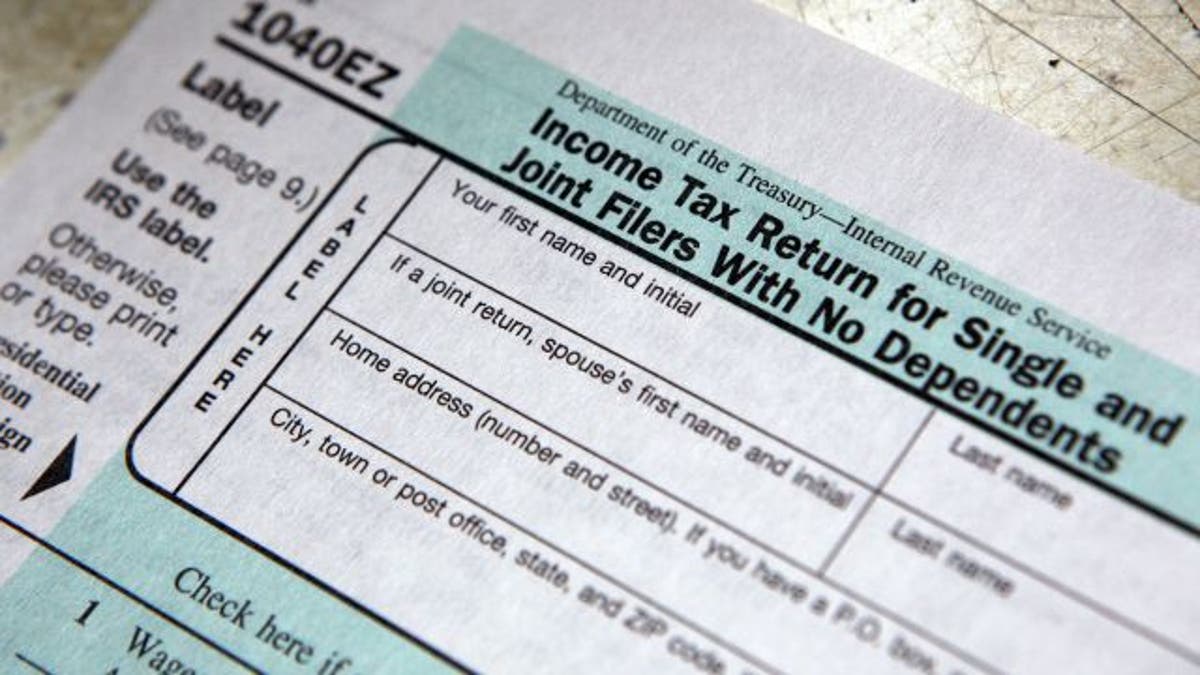
More than half of us – a full 56 percent – pay someone to do our taxes, according to the IRS . That means the rest of us tough it out on our own, either using online tax preparation services, software — or simply paper and pencil.
No matter how we file our annual dues to Uncle Sam, there is no shortage of paperwork involved in the process. Here are the most important tax forms, simply explained.
Form 1040
This is where it all begins: Form 1040. We will all touch one of these, in some fashion or another. It is the standard tax return form, filed annually. There are a couple of variations. The 1040A is generally used by taxpayers who earn less than $100,000 and aren’t self-employed. It allows for the most common tax credits and deductions, including:
• Deductions for educator expenses
• IRA contributions
• Student loan interest
• Tuition and fees deductions
• Credit for child and dependent care expenses
• Education credits
• Earned income credit
However, if you want to itemize your deductions, have self-employment income or earn $100,000 or more, you’ll need to use the full-blown form 1040.
The form we all wish we could use is the simplest and shortest 1040EZ, the tax return used mostly by single taxpayers and filers without dependents who don’t wish to itemize their deductions.
W-2
This form is provided to you and the Social Security Administration by your employer, reporting wages paid and taxes withheld for the year. You should receive it by January 31st of each year. You’ll need the information on this form to file your tax return.
Form 1099
The 1099 series of tax forms account for all other types of non-employment income, including rent, dividends, interest, prizes and awards – essentially everything that is a financial gain other than salary, wages and tips. Here are the 1099s most commonly issued:
• 1099-MISC -- If you earn $600 or more in non-employment income such as working as an independent contractor, consultant or freelancer – or receive payment from royalties or rent, you’ll receive this form.
• 1099-DIV -- You can probably guess what this one is for: dividends and capital gains from bank and investment accounts.
• 1099-INT – A common 1099 that you will receive if you’ve earned interest income of $600 or more in a tax year.
• 1099-OID – The “original interest discount” is related to bonds, notes and other financial instruments having a term of more than one year that are purchased at a discount to the face value or the redemption value at maturity.
Form 1098
If you are paying a mortgage on a home, you’ll be looking for this form to arrive in the mail. It shows the amount of interest (over $600) you paid on your home loan, generally deductible from your gross income. There is also a 1098-T for the reporting of tuition payments and 1098-E for student loan interest, also potential tax breaks for filers.
There you have it, the big four (and more) most common tax forms. Armed with the information on these forms, you’re ready to sharpen that pencil, boot up the software, get online – or see your CPA.
For more stories from NerdWallet click here.
Follow us on twitter.com/foxnewslatino
Like us at facebook.com/foxnewslatino
